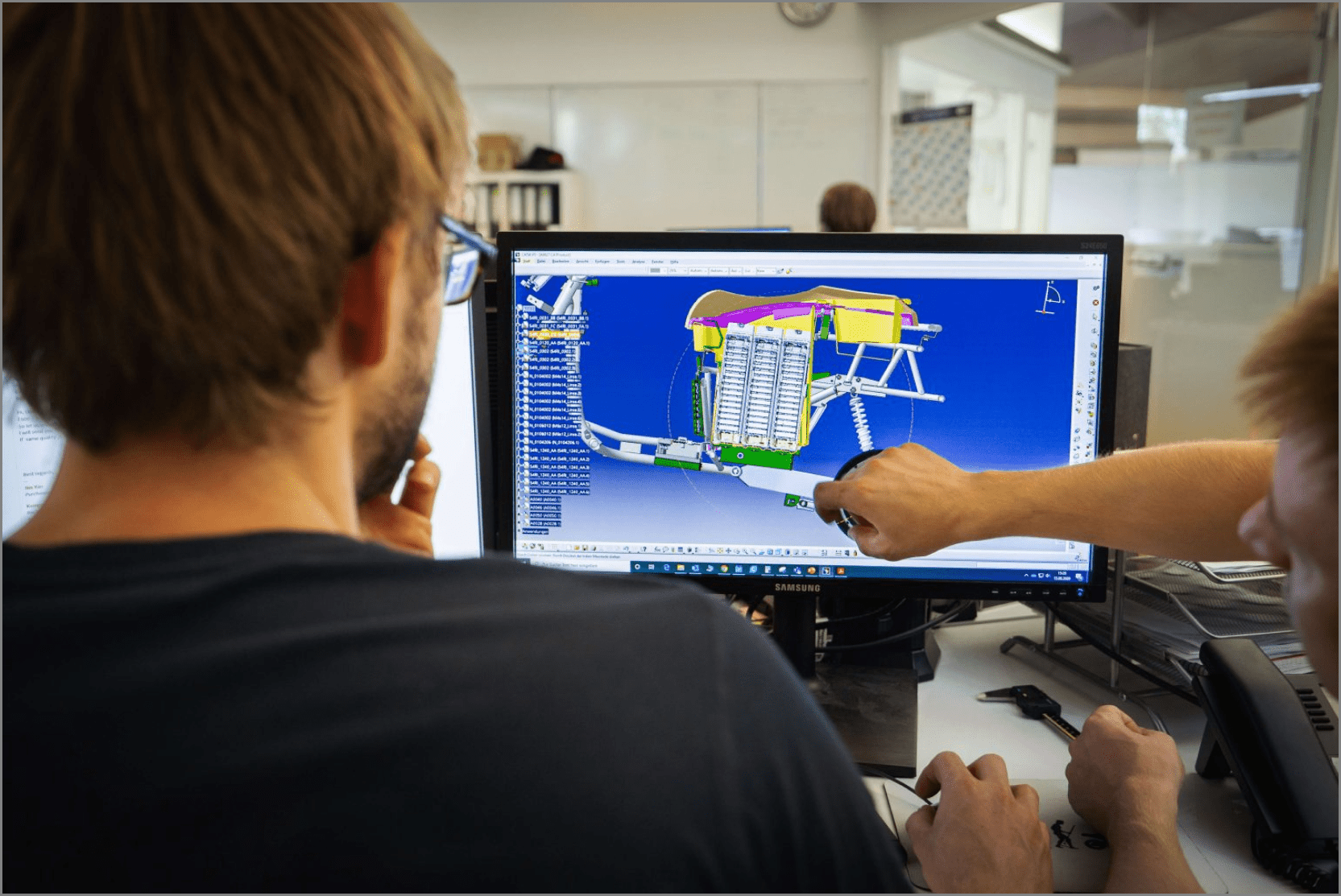What is Industrial Digitalisation?
The Industry has already seen major revolutions happening ever since its conception from early 18th Century. The most recent and the most exciting of it all is the Digital revolution.
August 2020
The Industry has already seen major revolutions happening ever since its conception in the early 18th Century. The most recent and the most exciting of it all is the Digital revolution. There are machines everywhere in Industries and the best part is they are talking to each other. Industrial digitalisation has recently gained a lot of traction with the Internet of Things (IoT) taking centerstage. Today digitalisation is being used extensively to increase efficiency and quality and to enable completely new processes and services.

The main player in Industrial Digitalisation is the digital factory which is characterized on the one hand by the comprehensive and consistent use of data, and on the other hand by the use of assistance systems, new manufacturing technologies and flexible automation. Though the picture looks all rosy, there are many thorns which derails their efforts. Selecting the right interconnected devices can prove daunting, and once the devices begin collecting information the data keeps building up.
While it is obvious that digital technology will transform most industries, there are several challenges that need to be addressed. These include the changing customer expectations, cultural transformation, and identifying and accessing the right skills. To top this, the authorities are having a tough time keep up the regulations and ensuring that keep pace with technology. All these undermine all the gains that we can get through digitalisation.
What are the solutions?
This is where we step in. Identifying the right technology for the current requirement and ensuring that there is a right balance of cost with
value proposition. The Industrial Internet of Things (IIoT) is the ultimate dream which basically completes the entire loop of digitalisation.
Importantly, machines are now coming in-built with sensors, ready to send out data to whoever is interested in collating it. Data as we know by
itself is useless unless mined on. We need to sift through reams of data, to derive value. This data is then fed into our integrated Business
Intelligent algorithms for efficiency improvements.
We utilize predictive maintenance in the oil and gas industry, thereby reducing the unplanned downtime and costly repairs. All plants are
connected using remote sensors to forecast and report the condition and performance of machinery. Early signs of problems are detected and
corrected, maintenance resources are directed at the areas of greatest need, and machinery availability is maximized.
The pulp and paper industry has seen significant increases in productivity through the use of remote temperature monitoring. Kiln sensors monitor
lime mud temperature, a leading indicator of calcination. Sophisticated tools aggregate and analyze the temperature readings and automatically
optimize the shape and intensity of the flame driving heat through the kiln. The process has resulted in fuel savings as high as 6 percent and a
lime throughput increase of 16 percent.
In manufacturing, repetitive, strenuous, and complex tasks are performed by robots working alongside operators on the shop floor. The operators
themselves spend less time waiting for goods or processes or filling in routine documentation, because information systems optimize materials
flows and track key performance indicators. Real-time analytics and advanced process control enable errors and quality lapses to be picked up
immediately, minimizing rework and scrap, and automated inventory systems—such as wireless-connected boxes with cameras that automatically reorder
when their fill level drops below a certain limit—ensure that inventories are accurate, goods can be easily located, and safety stocks are adequate
but not excessive.






